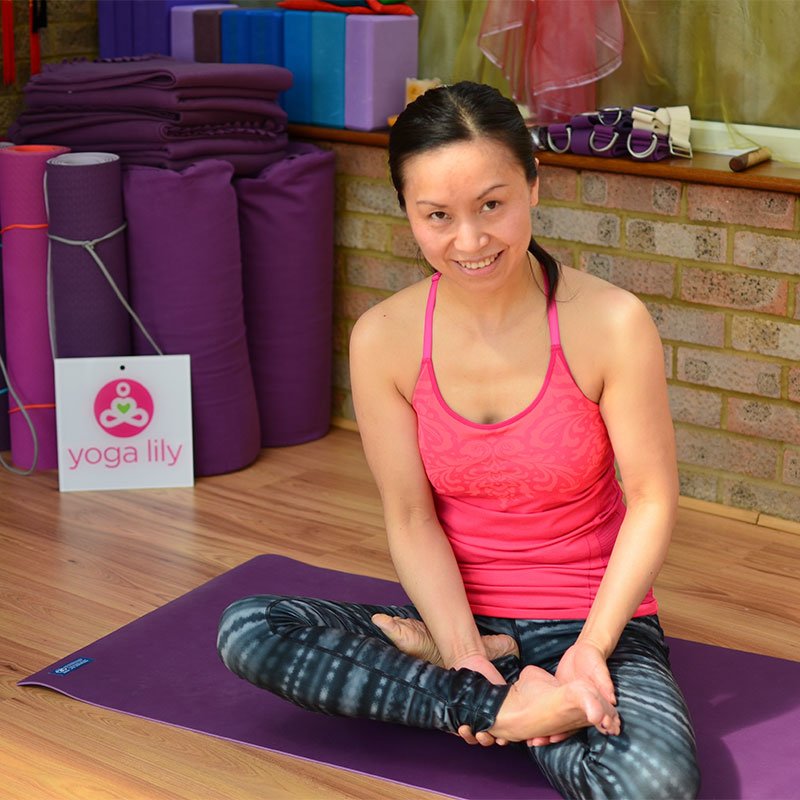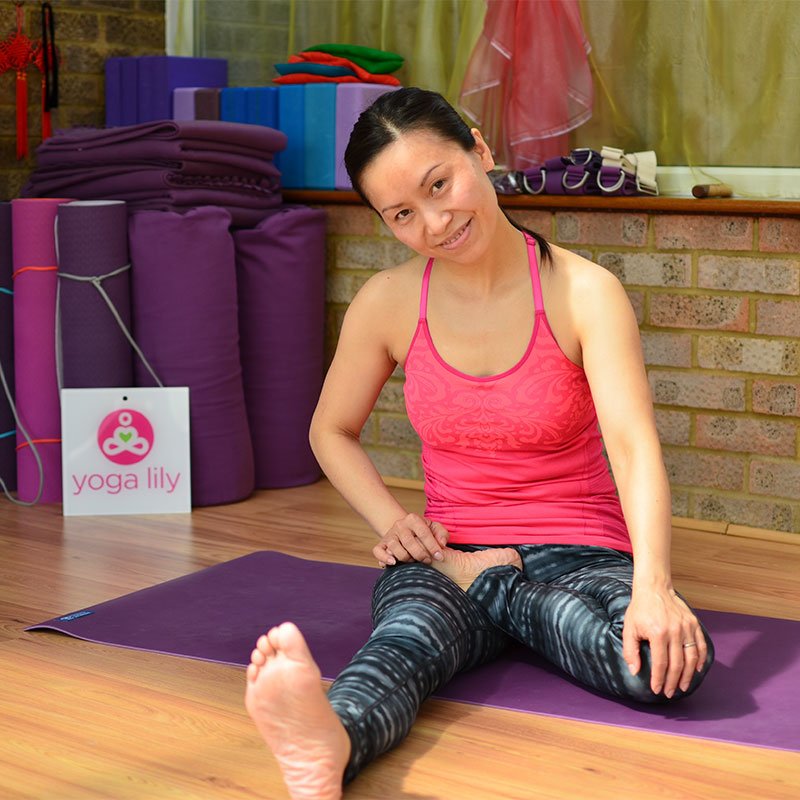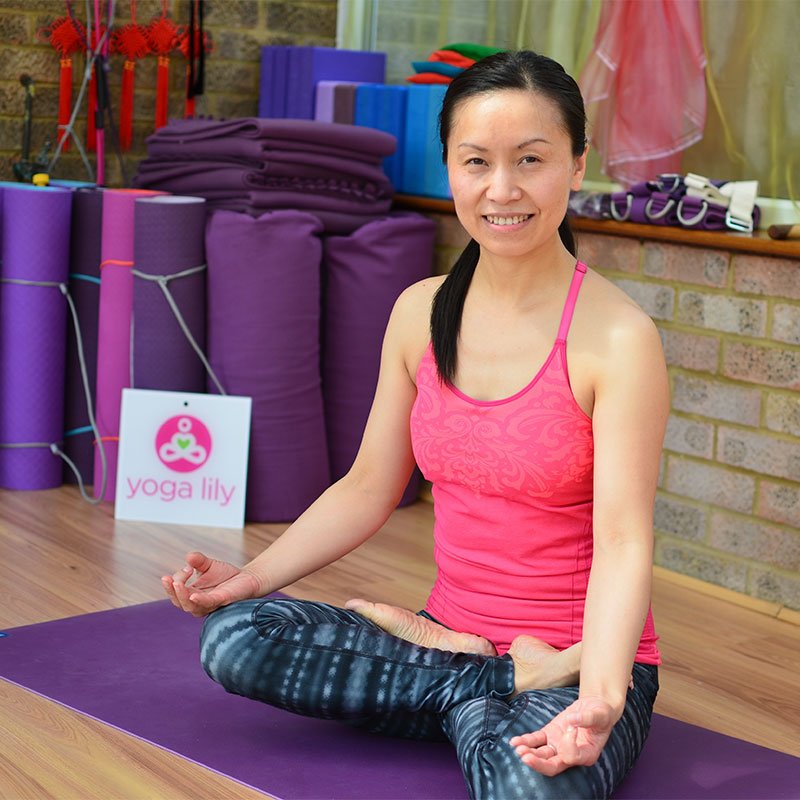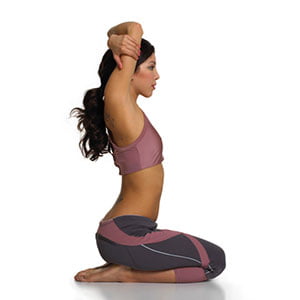How to do Padmasana, Lotus Posture
Yoga classes in Milton Keynes
Padmasana – Lotus Posture is the most classic of yoga postures and by reducing circulation (and therefore distracting sensations) to the legs, one of the best for meditation and pranayama. The Buddha is often pictured sitting in Lotus Posture.
1. Practice Lotus Posture after working with the preparatory positions detailed with Cow Face Posture and Half Bound Lotus Forward Bend.
2. Sit in Seated Staff Posture. Bend the left knee and hold the left foot with both hands. From this raised foot position, rather than just lowering the left heel to the right thigh, get a sense of rolling the ball of the thighbone in the hip joint so the left knee comes to point forward rather than out to the left, and the fronts of the hipbones move closer together. Bring the left foot as far as possible up the right thigh, he’ll close to the navel. This is sometimes called Half Lotus Pose. Place your hands on your shin and front thigh just near the knee and squeeze them together, putting a beneficial force through your knee.

3A. Exhale the left knee closer to the floor so that the right ankle can slip up over it and slide along the thigh.
3. Now bend the right knee out. While you want to bring the right foot over the left knee and as far as possible up the left thigh, instead exhale the left knee closer to the floor so that the right ankle can slip up over it and slide along the thigh (A). The soles of both feet should be facing upward (B). If you experience pain in the knees, work with the build up poses instead. As Lotus Posture creates a small curve in the lower back, change whichever leg bends first each time you practice it.
Caution
According to their Hatha Yoga Pradipika, “Lotus Posture cures all diseases.” However, it requires supple knees and hips, and many people in the West find it a very advanced posture, rather than a beginners pose. Many yoga practitioners have found it requires a decade or more of dedicated yoga practice to be able to assume Lotus Posture safely. Never force the legs into this posture, since this may seriously damage the knees. With consistent practice — a key to success in yoga — The hips and knees will gradually become flexible enough to sit comfortably.
Tips
Gaze: Straight ahead with a level gaze, or eyes closed.
Build-up Poses:
- Perfect Pose
- Cobblers Pose
- Half Lotus Pose preparations
- Cow Face Posture
- Half Bound Lotus Forward Bend
- Sage Pose B
- Bound Sage Twist
Counter Poses:
- Hero Pose
- Seated Staff Posture
Lighten:
- Bring on the right foot under the left leg
- A simple cross-legged position is good for practising
Effect:
Calming, meditative
Padmasana, Lotus Posture Counter Poses
In yoga we use a counter pose in a sequence; For example, a twist follows a backbend to “neutralise” the spine, or a forward bend follows a backbend to help lengthen the spine and calm the nervous system.





